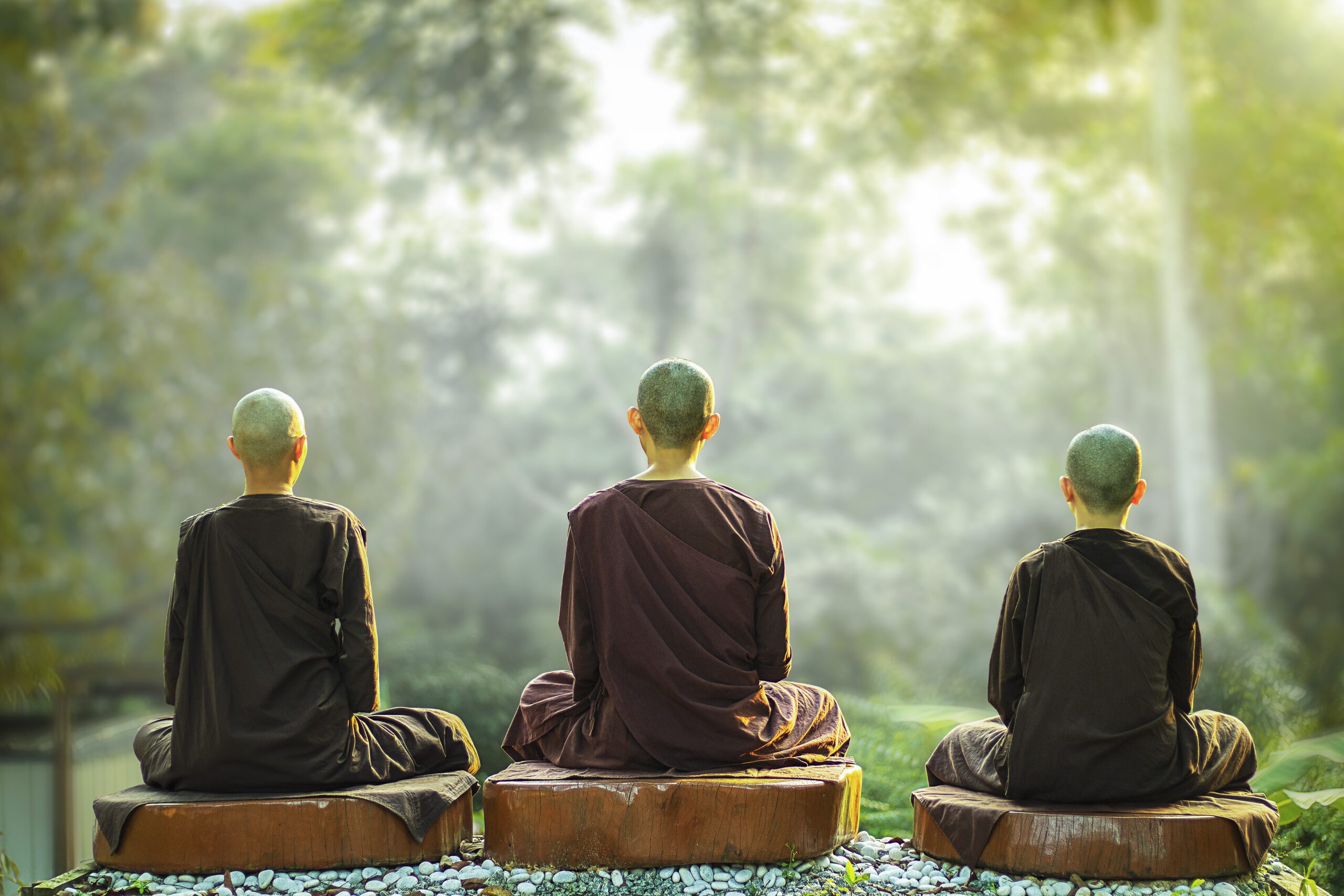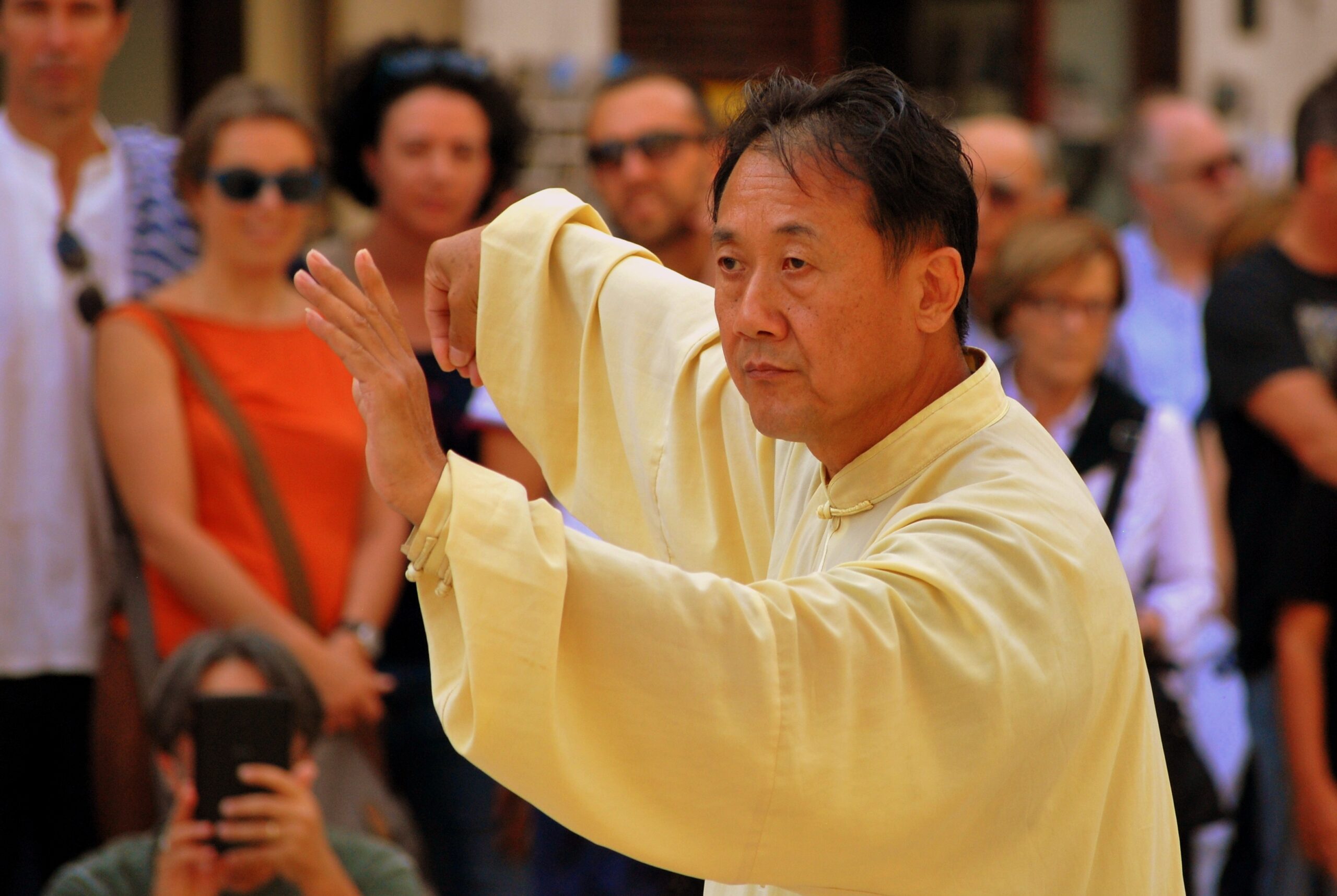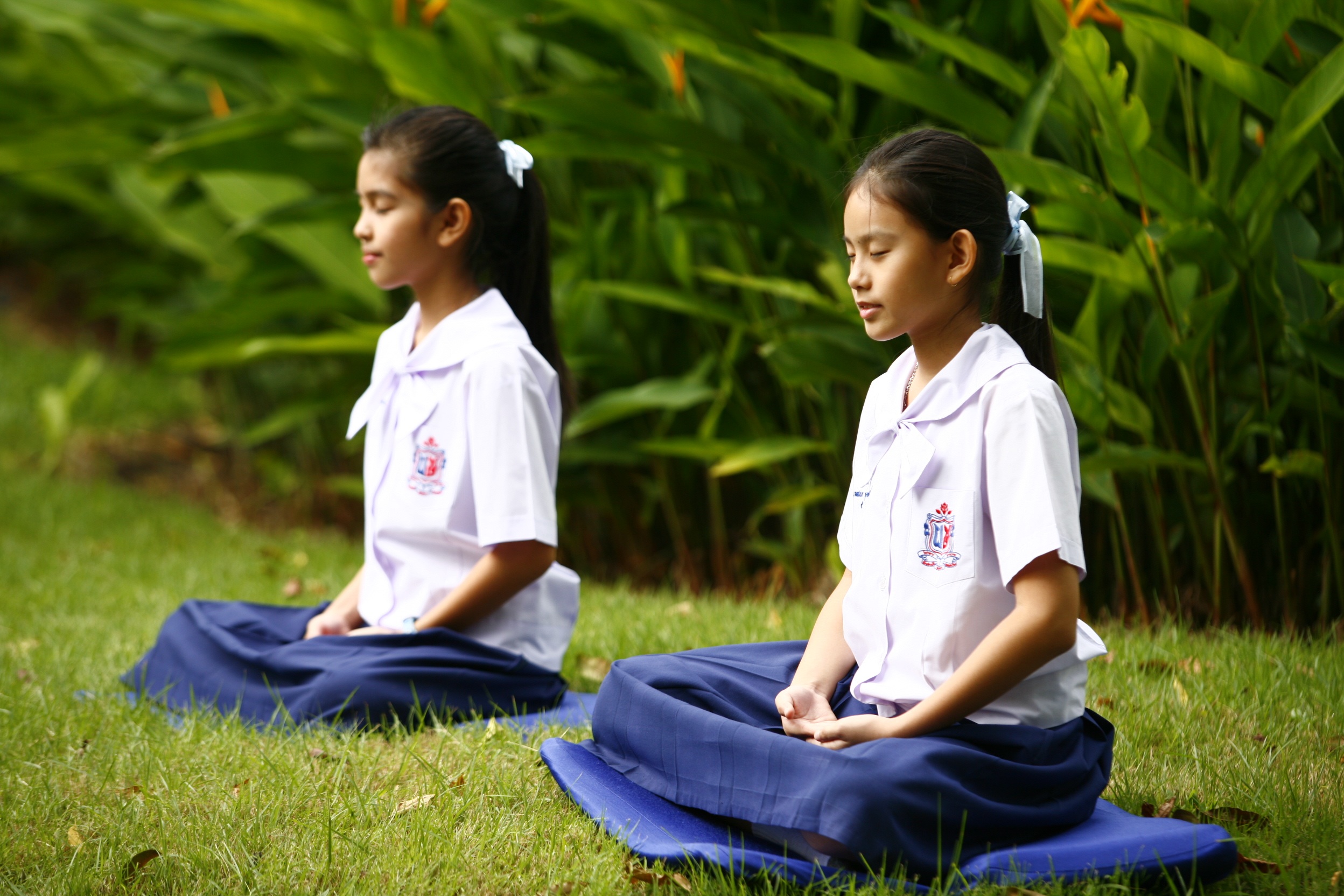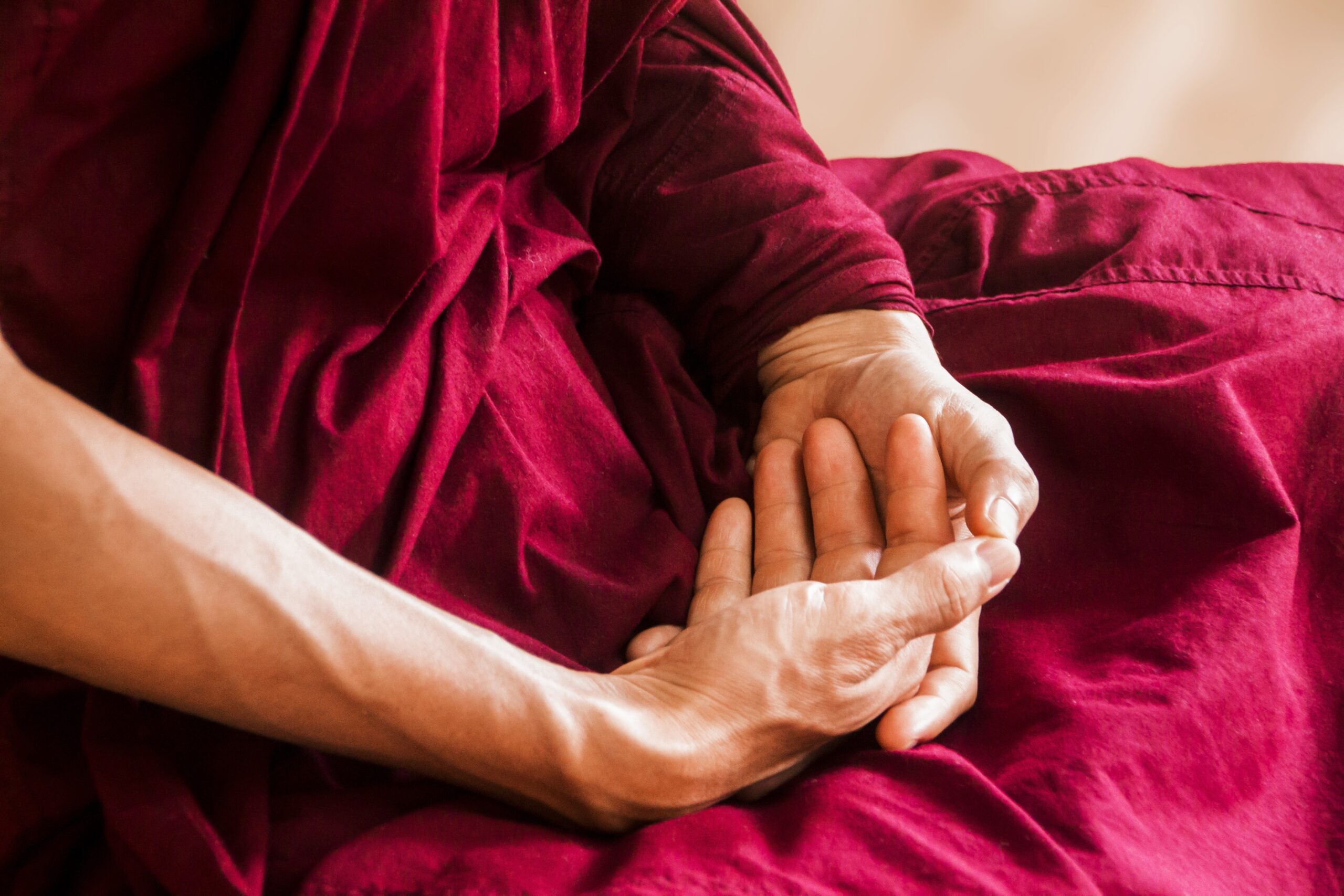Classic Tai Chi Qigong: 7 Key Components
Unlike contemporary tai chi qigong practice, conventional training is more intense, but offers far greater rewards to higher levels of achievement.
Contemporary styles offered in commercialized schools is mainly about profit. Instructors of these schools cater to the demands of the students: get them to master tai chi qigong quickly, something that is outwardly impressive that will inspire and awe them, preferably accompanied by fancy papers of certification, colored belts and degrees that mark their levels of progress.
The traditional approach, however, is not business oriented, and therefore, a lesser known and dying art form.
On the other hand, it offers far greater benefits than students of the contemporary school could ever imagine: martial arts and self-defence, health, healing and longevity, elegance, grace and beauty, spiritual and personal development, mental discipline, concentration and psychic development.
Key differences lie in the training. Chinese government-sanctioned medical qigong relies on simplicity: cut out the spiritualism and religious dogma. Place little emphasis on the yogic breathing, other than keeping the breathing slow and natural. Stress on physical exercise and relaxed movements.
Contemporary tai chi also emphasizes physical movements. Ironically, commercialized schools call it “moving meditation” when there is little, if any, meditation involved in the practice.
And because there is little training, if any, in the practical applications of self-defence, the movements are, often as not, inaccurate. Though graceful, they are not anatomically correct or precise, but much more superficial.
Little wonder traditional masters derisively dub contemporary tai chi as balei wu or “tai chi ballet”, because they see it as little more than a choreographed dance.
So how is traditional tai chi qigong different? Training involves several key components:
- Chi development and refinement;
- Yogic breathing to increase oxygen and circulation and to nourish the vital chi energy;
- Relaxation and looseness to facilitate circulation and channeling of the chi;
- Postural alignment, stances and rooting or grounding the chi;
- Humility to facilitate development of chi and yinian development and to draw on the higher consciousness;
- Yi development for manipulation of the chi for various purposes of self-defence, health, healing and psychic and personal development; and
- Meditation to promote development of chi and the yi consciousness, mental health and healing, concentration, and higher levels of consciousness for psychic, spiritual and personal development
If you are only interested in medical qigong, tai chi calisthenics and other types of contemporary qigong that emphasize mere physical movements, then you need not worry about these constituents, as they form the basis of a mental discipline in which contemporary qigong has no part.
My master has taught thousands of students, and though he has always taught with the traditional approach in mind, I can literally count on one hand, the few who have continued to train at the higher levels of mental discipline. Since the beginning levels emphasize mainly physical, most students have little difficulty training at these levels.
But once they begin to transition from physical to mental, the complexity of the training becomes more obvious. No longer is the tai chi qigong merely superficial physical movements but on a much deeper level that includes visualization, intent, and deep concentration with subtle changes in energy development.
Medical qigong? Tai chi dance and calisthenics? Contemporary new age qigong? These are nothing compared to the traditional practice which offers far greater rewards than most students could ever possibly fathom.
And this is where the seven key components come into play: Therein, lies the vastly different approach to tai chi qigong between contemporary and traditional schools of training.




